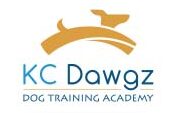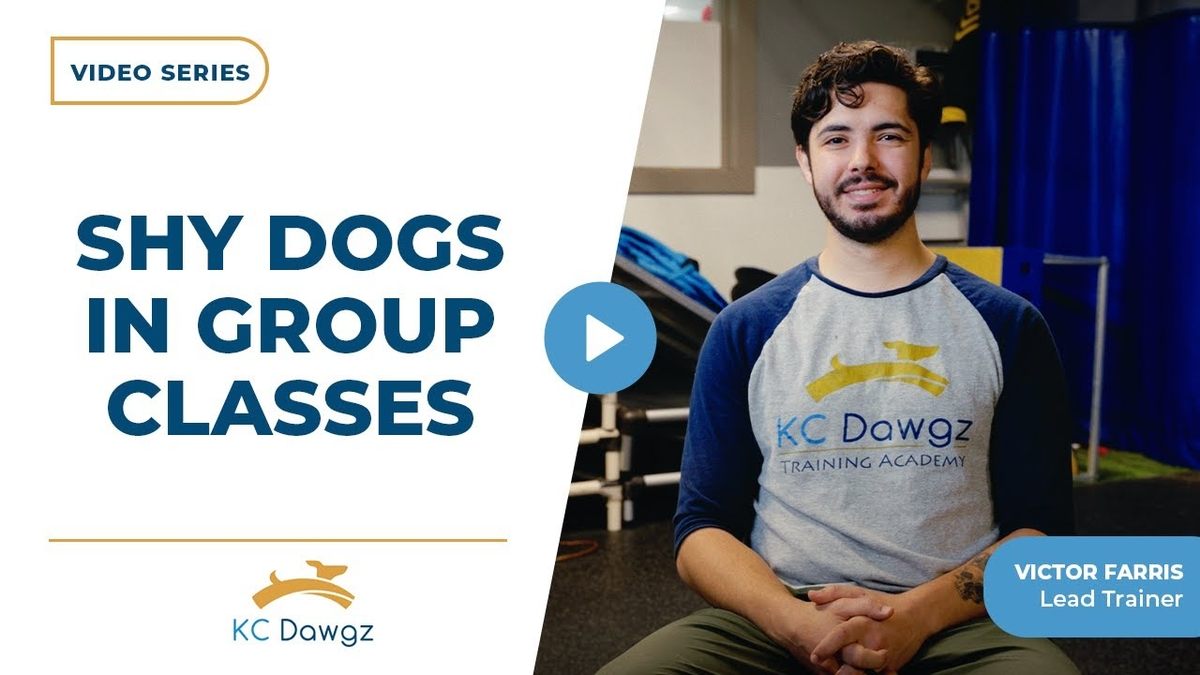If your dog is behaving aggressively, it seems the right thing to do would be to scold him when he is barking or lunging. However, ANY attention coming from his family might actually reward him! Raising your voice and scolding him might be misunderstood as your approval. He could think you are also upset at what he’s barking at! Yelling “No!” or correcting him may make him less likely to feel comfortable telling his owners he is upset. Growling can help owners identify situations that are stressful to their dog so they know where to start training. Ironically, in these cases training involves allowing a certain amount of growling since it is a signal that he’s upset.
For training to work, the protective dog has to feel safe. His owners need to learn to move him away from situations where he’s feeling overwhelmed. A training plan for a protective dog includes; Interrupting Techniques, De-sensitization, and a Counter-Conditioning plan. Make sure you have the right tools and equipment before starting training.
Interrupting techniques help by stopping the over-the-top aggressive behavior. To interrupt, you should re-direct your dog’s attention away from whatever he is focused on. An easy way to do this is to turn and walk the opposite way. The momentum will help turn your dog away, and you can then work to keep him engaged on you instead of whatever he was reacting to. Your dog might continue to try to focus on it, but if you keep on moving and breaking his focus, eventually you will be at a distance that is far enough away for him to deal with it, but not too far that he doesn’t notice it is there.
De-sensitization means getting your dog exposed to more and more things. Always try to start small and work up little by little. Remember, our goal here is to set him up for success, not failure. If your dog has a hard time around other dogs, walking into a busy dog park is probably going to be way too much for him at first. Try starting on an off day or time when it won’t be so busy. Get him out and just walk around the outside. As you work closer to the fence, you need to pay attention to how upset he is getting. When this is still new, you want to be just close enough that he notices them, but not so close that he can’t focus on anything else. When you figure out how far away that is (this will differ with each dog), work on some basic, fun things that he knows. You want to keep his attention on you, so be exciting! Lots of praise, running around, treats, toys, whatever makes him happy. Keep sessions short, especially in the beginning, and don’t push him too far too fast. One negative experience can set your dog back quite a bit. As he gets better, this will start to spill over into counter-conditioning.
Counter-Conditioning is how we change the way our dog feels about something. A lot of people confuse this with de-sensitization, but there is a key difference. When we are working on de-sensitization, we are just trying to increase how much our dog can mentally deal with. It is still going to be stressful, but they begin to learn how to cope with stress in an acceptable way. When we are counter-conditioning, we are changing the way our dog feels about external factors. If your dog is reactive and acts barks and lunges when he sees another dog, counter-conditioning works by changing his association with other dogs from a negative to a positive. If we have already done some de-sensitization, we know roughly what our dog can handle. We want to start where they are a bit uncomfortable, but not overwhelmed. If your dog is food or toy motivated, then grab a bunch of his favorite treats. If he is more motivated by playing with a ball or toy, grab his absolute favorite. When something he has a negative reaction to is around, shovel food into his mouth or pull out that favorite toy and play a big game. Do this over and over (consistency is key), and you dog will start to associate whatever you were working around to his treats or toy. Instead of being scared or worried about it, now it means when he sees it, his treats or favorite toy come out.







